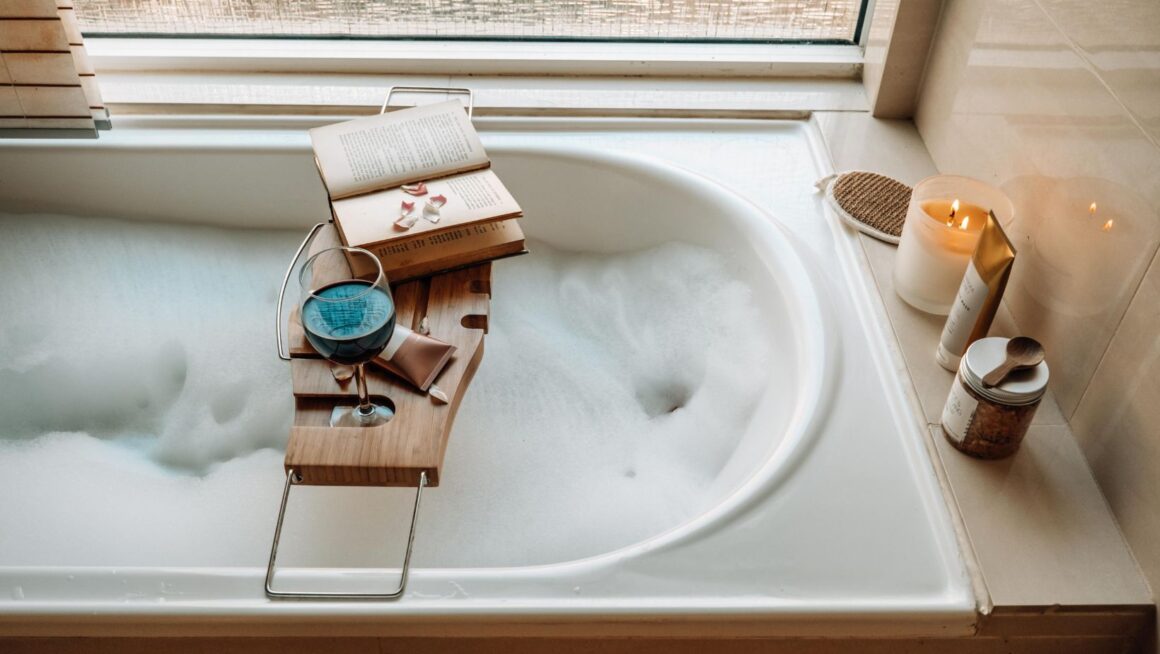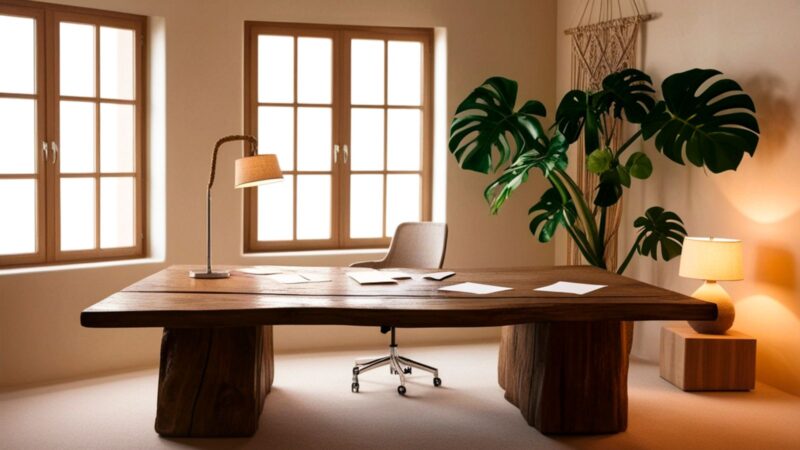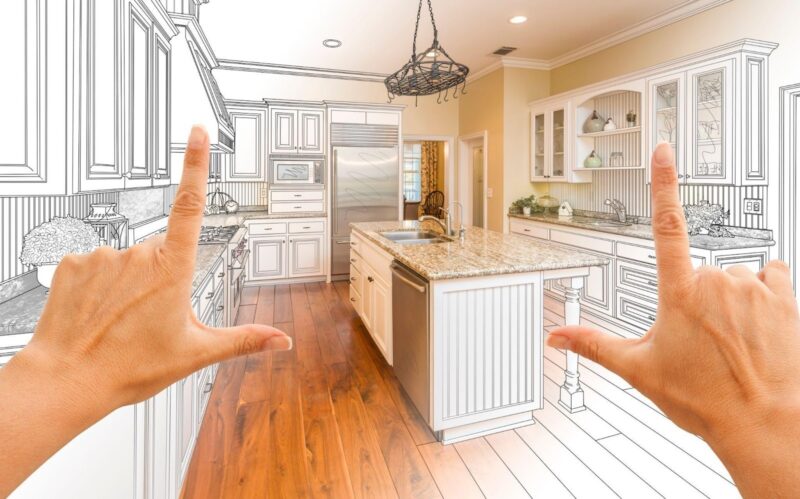Design innovation sometimes whispers rather than shouts. While most people obsess over statement fixtures and Instagram-worthy tile patterns, the truly transformative bathroom design movement happening right now involves removing rather than adding elements. When designers champion accessible modern bathroom renovation with curbless shower integration or advocate for universal design bathroom renovation featuring barrier-free accessibility, they’re participating in a quiet revolution that challenges fundamental assumptions about how bathrooms should function. This isn’t about accommodating limitations, it’s about expanding possibilities for everyone through design thinking that recognizes human diversity as feature rather than bug requiring workaround solutions.
The shift toward barrier-free bathroom design reflects broader understanding within the design community about how inclusive thinking creates better solutions for all users rather than specialized adaptations for specific populations. Understanding how functional bathroom renovation enhances daily life reveals why forward-thinking designers increasingly prioritize accessibility from initial concept rather than retrofitting afterward. Similarly, This Old House’s accessible bathroom design guidance demonstrates how barrier-free approaches deliver aesthetic and functional benefits that transcend their accessibility origins to become preferred design solutions regardless of users’ physical capabilities.
The curbless shower exemplifies this evolution perfectly, transforming from specialized accessibility feature into coveted design element that sophisticated homeowners request specifically for its clean lines, spatial fluidity, and modern aesthetic rather than purely accessibility benefits.
Table of Contents
ToggleThe Visual Fluidity That Changes Everything
Walk into bathrooms designed around traditional curbed showers and visual boundaries fragment the space. That raised threshold, however minimal, creates psychological division between dry and wet zones that makes rooms feel compartmentalized and smaller than their actual square footage. The brain registers these boundaries and calculates available space accordingly, resulting in cramped perceptions even in generously sized bathrooms.
Curbless showers eliminate this visual fragmentation entirely. Floor surfaces flow continuously from vanity area through shower zone without interruption, allowing the eye to travel unimpeded across entire rooms. This visual continuity tricks perception into registering bathrooms as significantly more spacious, an effect that benefits small powder rooms and grand primary suites equally. The psychological expansion proves particularly valuable in urban settings where bathroom square footage comes at premium pricing.
The design implications extend beyond simple space perception into how materials and patterns work across rooms. Tile selections can extend continuously without forced transitions at shower boundaries, enabling dramatic material statements that would feel disjointed when interrupted by curbs. Large-format tiles particularly benefit from uninterrupted installation, showcasing their scale and minimizing grout lines that can make spaces feel busy and fragmented.
The Engineering Elegance Beneath the Surface
Creating truly functional curbless showers requires sophisticated understanding of water management that challenges designers to think beyond visible surface treatments into structural considerations typically hidden behind walls and under floors. This engineering complexity represents opportunity rather than obstacle for designers embracing technical challenge as pathway to innovation.
The slope strategy becomes critical design consideration that affects everything from drain positioning to tile selection. Shower floors must slope adequately to direct water toward drains without creating uncomfortable walking surfaces or visually apparent grades that compromise the seamless aesthetic. Achieving this balance requires precision planning during design phases and meticulous execution during installation, but results justify the additional complexity through superior performance and appearance.
Linear drain integration offers particular design flexibility compared to traditional center drains. Positioned along shower edges, these sophisticated drainage solutions enable continuous floor slopes that maintain comfortable footing while ensuring efficient water removal. The visual impact proves equally important, as linear drains installed along walls or at thresholds create clean geometric lines that reinforce rather than interrupt design intentions.
Waterproofing strategies for curbless installations exceed typical bathroom requirements given the absence of physical barriers containing water within defined zones. Extended waterproof membranes, careful detailing at material transitions, and thoughtful consideration of splash patterns all contribute to installations that perform reliably across decades of daily use. These technical considerations separate successful curbless showers from problematic installations that leak or require premature replacement.

The Universal Design Philosophy in Action
The universal design movement recognizes that creating environments serving the widest range of human abilities benefits everyone rather than just those with specific limitations. Curbless showers embody this philosophy beautifully, delivering accessibility benefits while simultaneously creating spaces that feel more luxurious, spacious, and design-forward than traditional alternatives.
Parents navigating bathrooms with young children discover that curbless entries eliminate the awkward step-over moments while wrangling squirming toddlers during bath time. Pet owners bathing dogs at home appreciate easy access that doesn’t require lifting increasingly reluctant animals over thresholds. Aging adults maintaining independence value removing trip hazards before mobility challenges actually emerge. Each user group experiences distinct benefits that justify curbless design regardless of traditional accessibility justifications.
The aging-in-place movement particularly embraces curbless showers as essential elements enabling people to remain in their homes across changing physical capabilities. Installing these features during initial construction or early-stage renovations proves far more cost-effective and less disruptive than retrofitting later when mobility issues emerge. This proactive approach demonstrates design foresight that creates value immediately while providing insurance against future adaptation needs.
Material Selection Opportunities
Curbless shower design opens material possibilities that traditional curbed installations constrain. The continuous floor plane allows designers to specify dramatic large-format tiles, patterned cement tiles creating uninterrupted visual statements, or even natural stone slabs extending seamlessly from bathroom floors into shower zones without awkward transitions or forced pattern breaks.
The expansion of slip-resistant tile technologies enables selections balancing safety requirements with aesthetic ambitions. Contemporary options deliver necessary traction without the industrial appearance that characterized earlier slip-resistant products, allowing designers to prioritize visual impact while maintaining appropriate safety standards. Textured finishes, varied tile profiles, and innovative surface treatments all contribute to creating shower floors that perform beautifully while looking exceptional.
Natural stone applications in curbless showers require particular attention to material selection and finish choices. Certain stones accept honed or textured finishes providing adequate slip resistance while showcasing the material’s inherent beauty. Proper sealing and ongoing maintenance ensure these natural materials perform reliably in wet environments while aging gracefully across years of exposure to water and cleaning products.
The Spatial Choreography Revolution
Bathroom design traditionally separated wet and dry zones through physical barriers that dictated rigid functional zones and constrained layout possibilities. Curbless showers disrupt this conventional thinking, enabling more fluid spatial planning where functional zones overlap and blend rather than existing in isolated compartments.
This spatial fluidity allows designers to position shower areas in locations that might seem unconventional in traditional bathroom planning. Corner installations can wrap around architectural features, linear showers can occupy entire walls creating dramatic wet rooms, or shower zones can integrate into larger bathroom areas without requiring dedicated enclosures. These alternative configurations open creative possibilities that generate unique solutions rather than recycling standardized layouts.
The wet room concept taken to its logical conclusion treats entire bathrooms as potential shower zones with appropriate drainage and waterproofing throughout. This approach proves particularly compelling in smaller bathrooms where dedicating space to separate shower enclosures consumes disproportionate square footage. Wet room designs maximize usable area while creating spa-like experiences that feel luxurious despite compact dimensions.
Technology Integration Advantages
Modern bathroom technology integrates more seamlessly into curbless shower designs than traditional curbed installations. Digital shower controls, body spray systems, steam generators, and sophisticated lighting all benefit from the clean canvas that barrier-free designs provide. The absence of visual clutter from curbs and enclosure framework allows technology to take center stage or recede into background depending on design intentions.
Lighting design particularly benefits from curbless shower configurations. Without enclosure walls blocking light paths, designers can position fixtures to create dramatic effects throughout bathroom spaces rather than treating showers as isolated lighting zones. Linear LED strips integrated into niche edges, recessed ceiling fixtures creating rainfall effects, and even chromatherapy systems all work more effectively when not constrained by traditional shower enclosures.
Steam shower integration finds natural partnership with curbless designs, as the open configurations allow steam to distribute throughout bathroom spaces rather than concentrating within enclosed shower boxes. This creates spa-like experiences that transform entire bathrooms into wellness environments rather than confining therapeutic benefits to cramped shower stalls. Proper ventilation and moisture control become even more critical in these applications, requiring sophisticated mechanical systems that manage humidity effectively.
The Maintenance Equation
Concerns about maintaining curbless showers often stem from assumptions rather than actual experience with properly designed installations. Well-executed curbless showers with appropriate slopes, adequate drainage capacity, and quality waterproofing require no more maintenance than traditional alternatives while delivering superior cleaning accessibility that actually reduces ongoing care requirements.
The absence of curb edges eliminates the mildew-prone crevices that plague traditional shower pans, where moisture accumulates in joints between curbs and walls or floors. Continuous floor surfaces clean more easily without these interruption points, allowing straightforward squeegee or mop passes rather than detailed scrubbing around complex geometries. This maintenance advantage compounds over years of ownership into significant time savings and reduced frustration.
Glass enclosure options for curbless showers range from full panels creating defined shower zones to minimal barriers directing water while maintaining visual openness. These enclosures require the same cleaning attention as traditional shower doors but often feature larger uninterrupted glass surfaces that actually clean more quickly than multi-panel assemblies with numerous hardware connections collecting soap scum and mineral deposits.
Cost Realities and Value Considerations
Curbless shower installations typically cost more than basic curbed alternatives due to additional waterproofing requirements, precision slope work, and often linear drain systems exceeding standard center drain expenses. However, evaluating costs requires considering the value delivered rather than simple expense comparison divorced from benefits received.
The spatial enhancement that makes bathrooms feel significantly larger delivers value impossible to quantify through traditional cost-benefit analysis. In expensive real estate markets where bathroom square footage commands premium pricing, creating perception of increased space through design rather than actual expansion represents exceptional value. The modern aesthetic that curbless showers provide also supports premium positioning for properties in competitive resale markets.
The universal design benefits providing future-proofing against changing mobility needs justify present investment through avoided future renovation costs. Installing curbless showers during initial construction or comprehensive renovations proves dramatically more cost-effective than retrofitting later when physical limitations emerge. This forward-thinking approach demonstrates financial prudence alongside design sophistication.
Design Community Evolution
The design community’s embrace of curbless showers reflects broader maturation around inclusive design principles and rejection of false dichotomies between accessibility and aesthetics. Contemporary designers understand that designing for diversity creates better outcomes for everyone rather than requiring compromise between beautiful design and functional accommodation.
Design publications, social media platforms, and industry awards increasingly celebrate projects incorporating universal design principles as sophisticated solutions rather than niche specializations. This visibility encourages broader adoption by demonstrating that accessibility-informed design need not announce itself through institutional aesthetics or medical equipment appearance. Curbless showers lead this evolution as highly visible examples of how inclusive thinking generates design innovation.
Educational programs training emerging designers now incorporate universal design principles as fundamental considerations rather than elective specializations. This integration ensures future design professionals approach projects with inherent understanding that good design serves diverse users without requiring separate accessible and standard design tracks. Curbless showers feature prominently in these curricula as case studies demonstrating universal design principles in action.
The Installation Expertise Imperative
Successful curbless shower installation requires expertise exceeding typical bathroom renovation capabilities. The precision waterproofing, careful slope work, and sophisticated drainage integration all demand specialized knowledge that generalist contractors might lack. Design specifications must account for this reality by recommending qualified installation teams capable of executing designs as intended.
Pre-installation planning proves critical for identifying structural considerations that affect feasibility and cost. Existing floor joist depths, subfloor conditions, and drainage routing all influence whether curbless installations can proceed straightforwardly or require additional structural work accommodating proper slopes and waterproofing layers. Early assessment prevents mid-project surprises that derail budgets and timelines.
Quality control during installation ensures that sophisticated designs translate into functional reality rather than beautiful concepts plagued by performance issues. Slope verification, waterproofing membrane testing, and drainage capacity confirmation all deserve attention during construction phases when corrections remain relatively straightforward. Post-installation testing validates performance before final finishes get installed, protecting investments through verification rather than assumption.
The Future of Bathroom Design
Curbless showers represent more than temporary design trend, they signal fundamental rethinking of how bathrooms should function and feel. As populations age and awareness around inclusive design grows, expect barrier-free approaches to become standard rather than special requests. This normalization benefits everyone through spaces that work better while looking more sophisticated than traditional alternatives ever achieved.
The design community pushing boundaries through curbless shower innovation demonstrates how technical challenges drive creative solutions when embraced rather than avoided. The waterproofing complexities, drainage engineering, and spatial planning requirements all pushed designers to develop new approaches that ultimately deliver superior results. This pattern of innovation through problem-solving applies across design disciplines, suggesting that constraints spark creativity when approached with curiosity rather than resignation.
For design enthusiasts exploring bathroom renovation possibilities, curbless showers offer opportunities to participate in this evolution toward more inclusive, beautiful, and functional spaces. The investment in proper design and installation delivers immediate benefits through enhanced aesthetics and spatial perception alongside long-term value through future-proofed accessibility and enduring style relevance. That combination of present satisfaction and future utility represents exceptional value that transcends simple cost comparisons to create genuinely smart design decisions.




